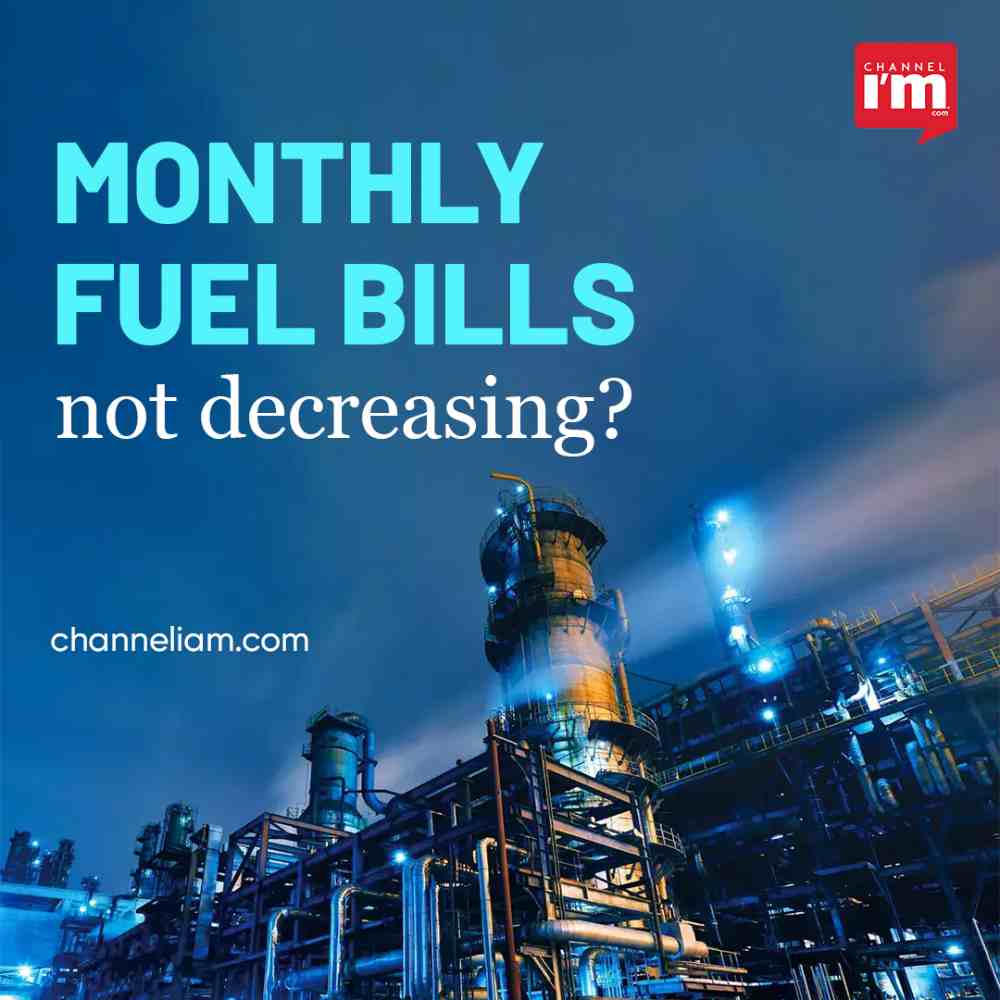Since the second half of 2022, the price of imported LNG has dropped by 80%, from a peak of around USD55 per mmBtu (Metric Million British Thermal Unit) in August of last year to about USD12 per mmBtu right now. Yet the issue circulating in India’s energy community is: Would the Government distribute the advantages to customers who are already suffering from skyrocketing gasoline prices?

In the previous two years, the Government has increased natural gas prices by more than 400%, which has increased the price of energy, transportation, food, and cooking. The Oil & Gas Industries have been laughing all the way to the bank in the midst of this.
Costs for CNG and piped gas for kitchens have increased by more than 70% in the past year, and if another upward adjustment occurs this month, prices are set to rise much more.
Nothing to cheer about
The Kirit Parikh committee’s suggestions on gas pricing, which would eventually favour the Government and Oil & Gas Industries, are reportedly being adopted by the Government.
For gas generated from legacy, or old, oil fields owned by national oil firms like ONGC and Oil India as well as from more recent resources located in challenging geographies like the ultra-deep sea, there are now two separate administered rates in effect.
According to sources, the Government established a committee last year under the leadership of Kirit Parikh to examine revisions to petrol pricing in order to balance the interests of local consumers and producers while also promoting India’s goal of becoming a gas-based economy. They claim that the committee supports a progressive deregulation of petrol pricing to its whole. Recall that the Kirit Parikh committee had previously advocated for the liberalisation of fuel and diesel pricing.
According to sources, the committee has suggested modifying the indexation for gas from legacy fields from the existing practise of utilising various hub prices of surplus nations to 10% of the current Brent oil pricing.
The group has reportedly also recommended that the methodology for challenging fields be left alone. Two-thirds of the nation’s gas production comes from ancient oil and gas fields, which should continue to follow the present managed pricing mechanism until a complete price deregulation is put in place in 2027. The panel has advised that in order to gradually move towards the marketing and pricing independence for APM (administrative price mechanism) fields, the USD6.50 cap be raised by 50 cents per mmBtu per year.
A possibility
By 2030, the Government plans to increase natural gas’s proportion in India’s energy mix from 6.7% to 15%. Would India be able to benefit from the present drop in costs across the board?
As of this point in the fiscal year 2022–2023, India’s weighted average delivered price for both spot and long-term LNG on the West Coast was around USD21.35/mmBtu.
From 2015 through 2020, LNG prices were muted. Prices dropped to as low as USD 2 per mmBtu at one time, which was less than the APM costs set by the Government. Due to a lack of LNG storage facilities, India was unable to profit from the low pricing.
In the southern towns of Visakhapatnam, Mangalore, and Padur, the nation possesses three strategic reserves that were very helpful in 2020, when the price of oil fell to about $10 per barrel. India benefited and stuffed its pockets. Regrettably, customers did not benefit from the lower price.
This time, India is thinking of creating a strategic LNG reserve to prepare for any price increases or supply shortages in the future.
Petronet LNG is building new tanks at its LNG import terminals to hold the imported fuel, and it is developing a floating import facility in Odisha, despite the fact that no storage objectives have yet been negotiated.
The Government may be able to resurrect the long-stalled gas-based power facilities with the downward trend in LNG pricing globally. India has a gas-based power production capacity of 27,123 Megawatts. Of this, 14,305 MW of capacity was classified as “stranded” since no domestic gas supply ever reached these reactors. When coupled with expensive imported gas, these assets ceased to function or be productive. There is some optimism for these plants given the present drop in imported LNG costs.
The entire energy industry has been altered by the conflict in Ukraine. The rate of China’s reopening and the developments on the LNG markets in Europe and Russia will have a significant impact this year.
